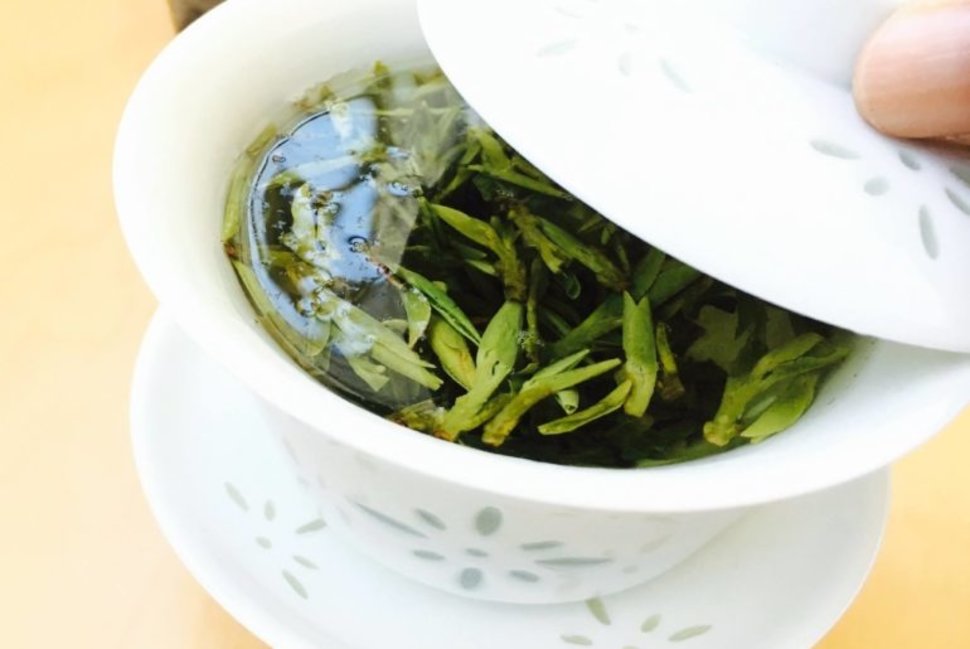Login
Log in if you have an account
Please note: If your account was stored on our previous platform, you will need to re-register. We apologize for the inconvenience.
Dont have an account? Register
Green Tea & Its Characteristics

Green tea is like a salad, a fresh fruit, a meadow of spring flowers, or a blade of grass. It is a representation of health, energy, optimism, youth, and sunshine. Green tea is so much about seasonality; remember, no one likes wilted lettuce, droopy flowers, or week-old bread. Every month past a green tea’s production date it loses more and more flavor.
Vibrant green teas in the peak spring months of April and May taste like a revelation, while past due green teas are flavorless at best. Most of the asparagus-like sweetness and spring clover fragrances will have been a memory by December. A green tea’s nutrients and vitamins are also the most potent at its peak freshness.
Most green teas on the market are not fresh. In fact, there is no harvest or production information, nor expiration dates for many of the name-brand green teas commonly found in supermarkets. The reason for that is two-fold: most green teas are made in commercially operated factories in countries like Kenya. They are chopped up and mass-produced for teabags, and are often blended. The other reason is a long sales channel. Many teas harvested in Argentina or Kenya would first go to auction in Germany, and by August or so, be released for sale. By the time importers get their hands on the tea and ocean freight it in the hot summer, the green teas arrive to the consumer in September or October, and are not likely in their peak condition.
Another reason for the lack of seasonality information on packages of green teas is the timing of the harvest. Green teas are supposed to be harvested in the spring, but that is not enough time for commercialized production. Artisan green teas such as Dragonwell, Biluochun, or Lu Shan Clouds and Mist, are harvested in the early days of April, at their original steep hillsides, by hand. Skilled tea pickers count the acceptable hours when they should harvest the one bud and baby leaf for top-notch green teas. Commercially operated tea plantations, however, are often planted on flat areas, picked by machine, and harvested all year round for volume, whether or not the timing of the harvest is in fact suitable for the green tea. As a result of such overwrought conditions, less taste and less concentration of nutrients are present. The higher the demand for green tea by unsuspecting consumers, the higher the commercial production volume goes up, and the less the actual ratio of real, fresh, peak harvest green teas.
The roadmap to enjoying great green tea is simple. If health is your intention, watch for a date of harvest for all your green teas and do not buy any green teas over 1 year old. If you are after taste, make sure the green teas are harvested in early spring. If you are a tea aficionado, then make sure those green teas are from China or Japan- their countries of origin. Avoid teas with no specificity of origin- those are blended byproducts from different farms, seasons, countries, even years. Enjoy fresh green teas at their peak for a completely revelatory experience!




Comments